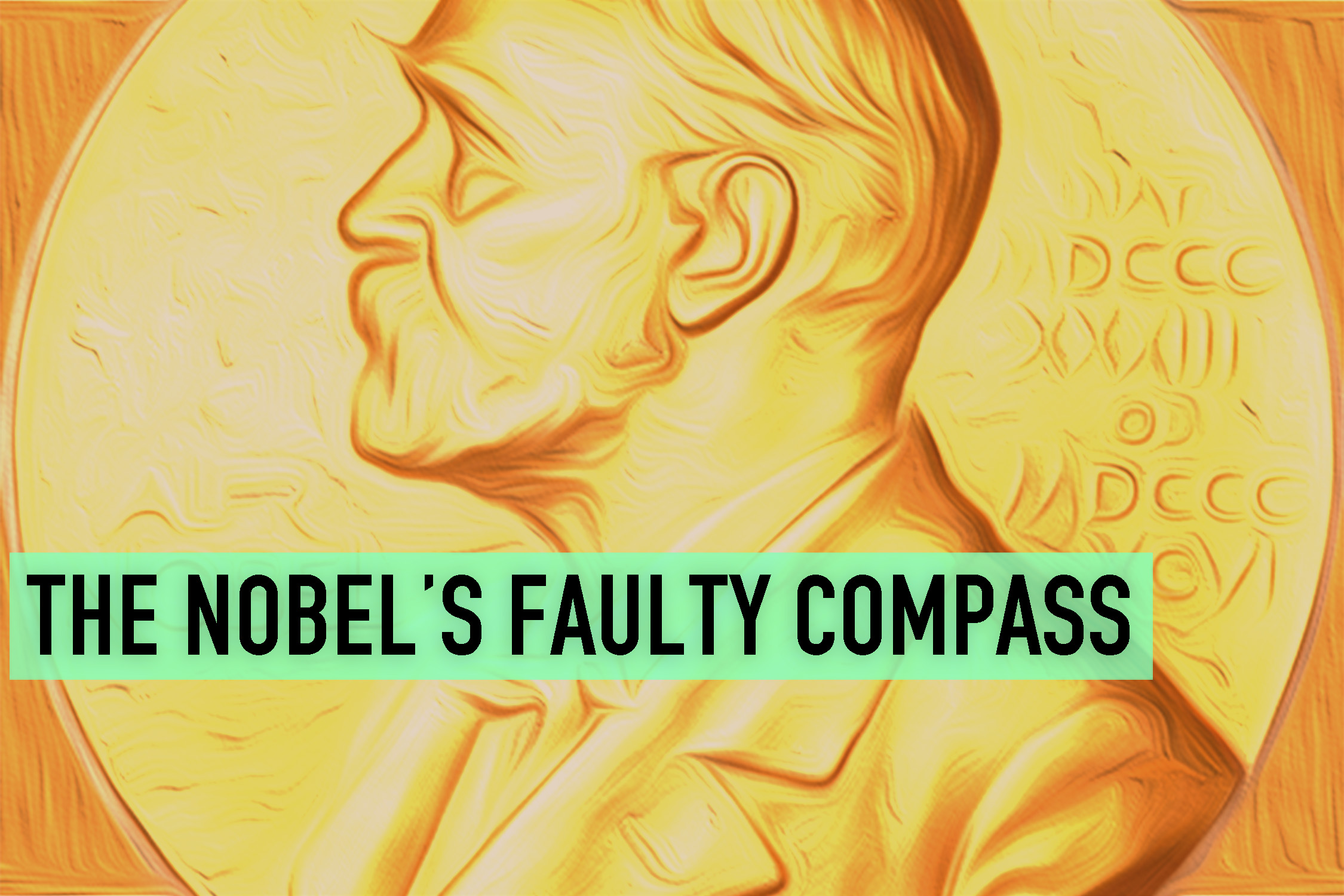In the will he signed in Paris on November 27, 1895, Alfred Nobel established five prizes in the fields of physics, chemistry, medicine, literature, and the promotion of peace. In the sciences, the key characteristic of a laureate’s contribution to the larger field was that it should be the “most important” discovery or improvement, while the peace prize was intended to recognize “the most or the best work” performed in pursuit of fostering what he called the “fraternity between nations.” Yet when turning to the award for careful work with language, Nobel would distinctly modify his own: he specified that the literary prize should go to whichever writer had produced “the most outstanding work in an ideal direction.”
From 1901 to 2017, women have exemplified that ideal direction a mere fourteen times. Although that dismal distribution has somewhat improved in recent years, it is nothing to brag about: only five women have won since 2004, and only six in the past twenty-one years. Such disappointing diversity continues when we turn to languages: of the 113 laureates in that same period, twenty-nine have written in English. That number does not even include three laureates who each wrote in two languages, one of which was English: Rabindranath Tagore, the songwriter who won a century before Bob Dylan and who also wrote in Bengali; Samuel Beckett, whose most famous work is titled En attendant Godot in the original French; and Joseph Brodsky, whose poems appeared in Russian and whose prose was written in the same language as the documents certifying the American citizenship he had acquired a decade before winning.

